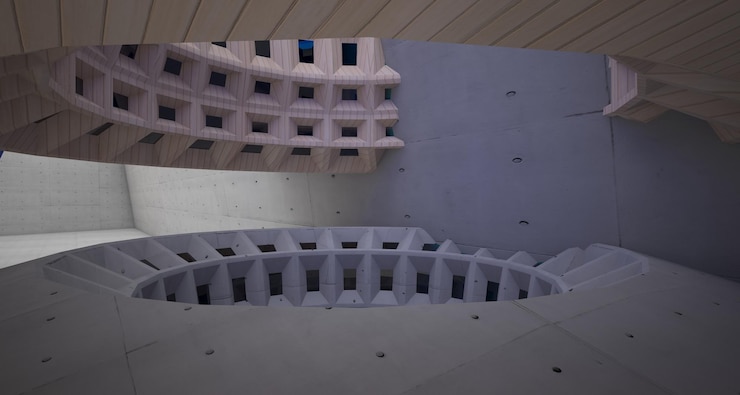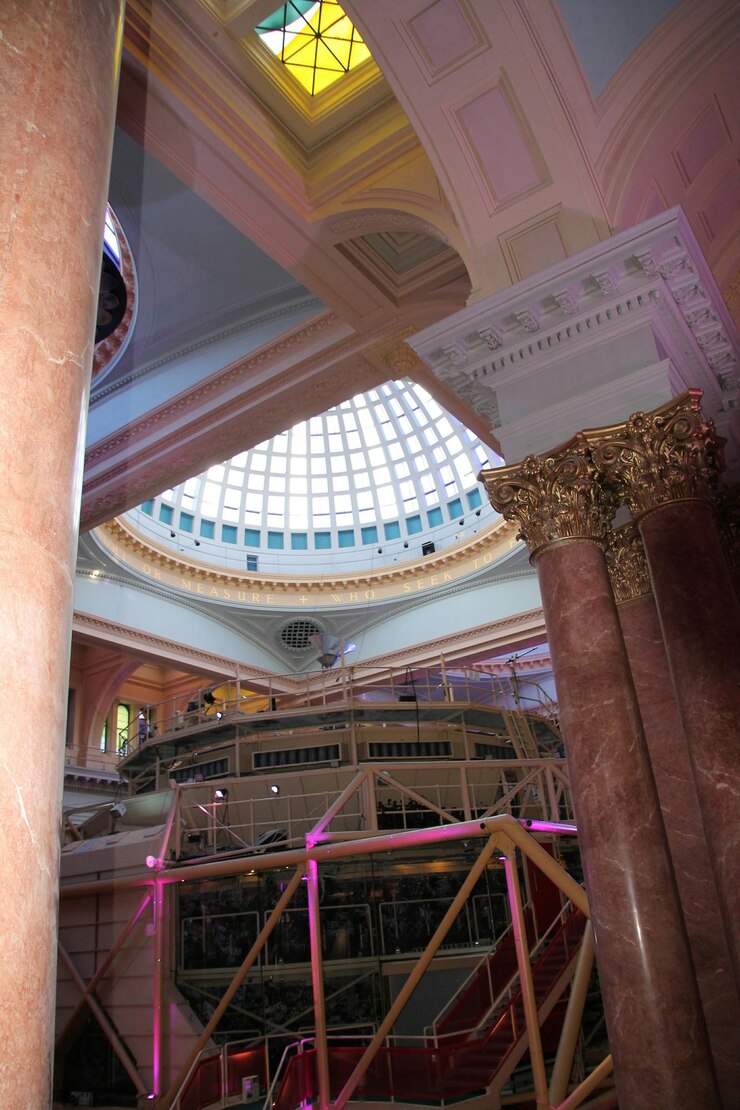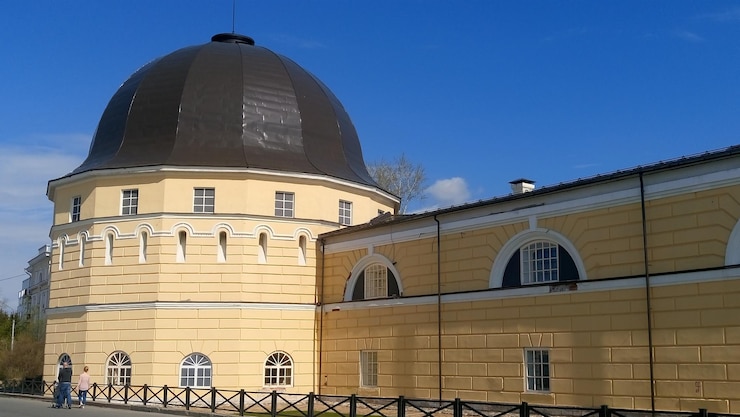Vatican Museum Climate Control Details in Calgary Is the vatican museum air conditioned in Calgary
Is the vatican museum air conditioned in Calgary

Start with sealed enclosures and avoid direct airflow across any artefact surfaces. That’s the baseline, especially when transporting and displaying rare pieces from old European collections in a city like this. With its dry winters and unpredictable shoulder seasons, maintaining consistent indoor settings here isn’t just recommended–it’s mandatory. Without strict regulation, paint layers can crack, wood can warp, and textiles may begin to degrade within weeks.
One thing we learned during the temporary showcase last spring–art doesn’t just “sit” in a space. It reacts. A sudden chinook and your indoor humidity can plummet below 25%. We had to recalibrate the humidifiers mid-exhibit more than once. Turns out, even minor fluctuations, especially above or below the 40–55% relative humidity range, risk long-term damage. So, integrated monitoring isn’t optional. Sensors need to be placed not just in the room but also inside individual display units, and they need to talk to each other in real time.
The cooling setup for that exhibit used a dual-stage system with variable speed compressors. It wasn’t cheap, but the payoff was in the readings–absolutely stable conditions, even during a mechanical hiccup on the second weekend. Would a simpler unit have worked? Maybe for residential comfort. But not for this. The difference is that here, the air isn’t just for breathing–it’s part of the preservation strategy.
There’s another layer people don’t talk about much: noise. The fans and ducts can’t hum or click in a space meant for reflection and study. So acoustics mattered too. We worked with a firm that adjusted duct shapes to prevent whistling. That was a surprise, honestly. You’d think airflow was just about volume and direction, but apparently, sound can tell you when something’s off.
How Calgary’s Climate Influences Preservation Requirements for Vatican Artifacts

Target 45% relative humidity and hold it. That’s the short answer, especially during winter. The dry indoor air here pulls moisture out of canvas, panel paintings, and older bindings fast. In February, even without heating, indoor levels can dip to 20%–with heating, it gets worse. Without automated humidifiers linked to the main air system, there’s no real way to avoid material stress.
Humidity Swings and Material Response
Daily shifts matter more than seasonal ones. Even a 5% swing across a 24-hour window can cause expansion and contraction in layered materials–think gesso under paint or old adhesive between wood joints. Once you see micro-crazing or hairline gaps, it’s not reversible. We had a display frame swell just enough during a warm March afternoon to press against the backing board of a 17th-century sketch. That frame had been fine all week.
What works here: multi-sensor feedback loops, at least one per 10m², ideally two. Tie them into the air handling software. Manual checks twice a day during transitional weather–yes, it’s a bit much, but skipping that step cost us a re-mount last fall. It’s not just the pieces that shift; it’s the infrastructure around them too.
Temperature Gradients and Historic Media
Don’t let air handlers blow directly onto the works. Radiant heat near ceiling vents–especially in older buildings with retrofitted ducting–can create uneven zones across the display area. The problem isn’t the average room reading. It’s that one shelf, one nook, one badly placed spotlight throwing heat that’ll quietly cause lifting varnish or fading pigment.
Target a narrow band: 19–21°C. Not more. And not too fast. Gradual ramping matters more than you’d think. During a sudden drop in April, we watched condensation form inside a case with temperature-lagging plexiglass. That case hadn’t been sealed wrong–it just couldn’t keep pace. Now we buffer everything with passive absorbers and monitor enclosure-specific conditions independently of the main floor.
Technical Specifications of HVAC Systems Used in Vatican Exhibitions
Use dual-stage compressors with variable-speed blowers. Anything less struggles to maintain the narrow tolerances required for exhibits containing aged materials, especially in large, open gallery layouts. Fixed-speed units can’t adjust quickly enough when visitor traffic spikes or when exterior temperatures shift unexpectedly–both of which happen more than you’d expect during spring installs here.
Core System Features

- Setpoint range: Maintain 19–21°C with fluctuations limited to ±0.5°C.
- Humidity control: Target 45% RH using integrated steam injection and desiccant wheel dehumidification.
- Air exchange rate: Minimum 6 ACH (Air Changes per Hour), filtered through HEPA-grade systems with activated carbon for VOC reduction.
- Noise level: Below 40 dB at 1 metre from any supply register–critical for small exhibit rooms where sound travels easily.
One setup used during the fall installation relied on modulating dampers and digital direct controls (DDC) tied into a BACnet backbone. Not overly complex, but tuned carefully. Technicians had to balance airflow through multiple zones with independent return ducts to avoid pressure imbalances near sensitive wall-mounted pieces. That took more manual tweaking than expected–maybe three site visits before it was stable.
Monitoring and Redundancy
- Each unit had dual sensors–one inside the return plenum, one near floor level at exhibit height.
- Data was logged continuously and cross-referenced against enclosure-specific probes inside sealed display cases.
- Backup chillers on standby–critical during the September heatwave, where ambient temps jumped 12°C over two days.
One minor flaw showed up during install: duct insulation. Even with everything dialled in, we were losing up to 1.8°C along an older branch due to poorly sealed wrap. Not dramatic, but enough to throw off edge zones. We ended up retrofitting with foil-faced rigid board and rebalancing. If you’re speccing out a build for similar use, that’s one corner you can’t cut–temperature uniformity isn’t just about what comes out the vent.
Monitoring Temperature and Humidity: Tools and Protocols Implemented in Calgary Installations
Use calibrated sensors placed at both artwork height and inside sealed enclosures. Anything mounted near the ceiling or next to intake vents won’t reflect actual exposure conditions. That mistake led to a 2°C discrepancy last November–enough to fog the inner glass on one of the vertical display cases. We had to pause public access for 48 hours while it stabilized.
All units ran with data loggers storing values every 60 seconds. Shorter intervals just clutter reports with noise, while anything longer risks missing rapid shifts–especially during opening hours when body heat adds unpredictability. For closed cases, we installed wireless probes with low-emission lithium cells. Not ideal for long-term use, but stable enough across a 6-month exhibit cycle.
Protocols were set for three response thresholds:
- ±0.5°C deviation for more than 15 minutes: automatic HVAC adjustment via DDC system.
- RH drop below 42% or spike above 56%: technician alert, plus manual check of case integrity within 2 hours.
- Sensor silence over 10 minutes: triggers standby probe activation and logs the gap.
We also implemented colour-coded alerts in the central dashboard. No graphs, just red or green markers–quicker for staff to notice without scanning raw numbers. Might sound overly simple, but in practice, it helped avoid at least two late-day oversights during high-traffic weekends.
I’d suggest testing everything under real conditions before the pieces arrive. Simulate occupancy, light levels, even exterior air infiltration. We ran a dry run with mock setups and still missed a minor gap near the floor baseboards that let in a draft. Had we not caught it early, it could’ve skewed the entire southern wall’s readings for days. It’s these small misses–not the obvious mechanical ones–that tend to cause trouble.
Contact “Calgary Air Heating and Cooling Ltd” For More Information:
Address
95 Beaconsfield Rise NW, Calgary, AB T3K 1X3
Phone
+1 403 720-0003
Hours of operation
Open 24 hours 7 days a week
